-
TABLE OF CONTENTS EXECUTIVE SUMMARY
-
MARKET INTRODUCTION
-
1.1.
-
Definition
-
Scope of the Study
- Research Objective
- Limitations
-
1.2.2.
-
Assumptions
-
RESEARCH METHODOLOGY
-
Overview
-
Data Mining
-
Secondary Research
-
Primary Research
- Breakdown of Primary
-
2.4.1.
-
Primary Interviews and Information Gathering Process
-
Respondents
-
Forecasting Model
-
Market Size Estimation
- Top-Down Approach
-
2.6.1.
-
Bottom-Up Approach
-
Data Triangulation
-
Validation
-
MARKET DYNAMICS
-
Overview
-
Drivers
-
Restraints
-
Opportunities
-
MARKET FACTOR ANALYSIS
-
4.1.
-
Value Chain Analysis
-
Porter’s Five Forces Analysis
- Bargaining
- Bargaining Power of Buyers
- Threat of
- Threat of Substitutes
- Intensity of Rivalry
-
Power of Suppliers
-
New Entrants
-
COVID-19 Impact Analysis
- Market Impact Analysis
- Regional
- Opportunity and Threat Analysis
-
Impact
-
GLOBAL IOT BASED ASSET
-
TRACKING AND MONITORING MARKET,BY CONNECTIVITY TYPE
-
Wi-Fi
-
Bluetooth
-
Cellular
-
NB-IoT
-
LoRa
-
SigFox
-
UWB
-
GNSS
-
Others
-
GLOBAL IOT BASED ASSET TRACKING AND MONITORING
-
MARKET,BY APPLICATION
-
Livestock Monitoring
-
Automotive
-
6.3.
-
Railways
-
Aviation
-
Manufacturing
-
Cold Chain Monitoring
-
Others
-
GLOBAL IOT BASED ASSET TRACKING AND MONITORING MARKET, BY
-
REGION
-
Overview
-
North America
- US
- Canada
-
Europe
- Germany
- France
- UK
- Spain
- Rest of Europe
-
7.2.4.
-
Italy
-
Asia-Pacific
- India
- Japan
- South Korea
- Australia
- Rest of Asia-Pacific
-
7.3.1.
-
China
-
Rest of the World
- Middle East
- Africa
- Latin America
-
COMPETITIVE LANDSCAPE
-
8.1.
-
Overview
-
Competitive Analysis
-
Market Share Analysis
-
8.4.
-
Major Growth Strategy in the GLOBAL IoT Based Asset Tracking and Monitoring Market,
-
Competitive Benchmarking
-
Leading Players in Terms of Number of
- New ProductLaunch/Service Deployment
- Merger &Acquisitions
- Joint Ventures
-
Developments in the GLOBAL IoT Based Asset Tracking and Monitoring Market,
-
8.7.
-
Key developments and Growth Strategies
-
Major Players
- Sales & Operating Income,2022
- Major
-
Financial Matrix
-
Players R&D Expenditure.2022
-
COMPANY PROFILES
-
Analog Devices,
- Company Overview
- Financial Overview
- Products
- Key Developments
- SWOT Analysis
- Key Strategies
-
Inc.
-
Offered
-
Fibocom Wireless Inc.
- Company Overview
- Financial
- Products Offered
- Key Developments
- SWOT
- Key Strategies
-
Overview
-
Analysis
-
Gosuncnwelink Corporation
- Financial Overview
- Products Offered
- Key Developments
- SWOT Analysis
- Key Strategies
-
9.3.1.
-
Company Overview
-
Laird Connectivity
- Company Overview
- Financial Overview
- Products Offered
- Key Developments
- SWOT Analysis
- Key Strategies
-
Mediatek Inc.
- Company Overview
- Financial Overview
- Products Offered
- Key Developments
- SWOT Analysis
- Key Strategies
-
Nordic Semiconductor
- Company Overview
- Financial Overview
- Products Offered
- Key Developments
- SWOT Analysis
- Key Strategies
-
Quectel
- Company Overview
- Financial Overview
- Key Developments
- SWOT Analysis
-
9.7.3.
-
Products Offered
-
9.7.6.
-
Key Strategies
-
Semtech
- Company Overview
- Financial
- Products Offered
- Key Developments
- SWOT
- Key Strategies
-
Overview
-
Analysis
-
Sequans
- Company Overview
- Financial Overview
- Products Offered
- Key Developments
- SWOT Analysis
- Key Strategies
-
Sierra Wireless
- Company Overview
- Financial Overview
- Products
- Key Developments
- SWOT Analysis
- Key
-
Offered
-
Strategies
-
Sony Semiconductor Israel Ltd.
- Company Overview
- Financial Overview
- Products Offered
- Key Developments
- SWOT Analysis
- Key Strategies
-
Telit
- Financial Overview
- Products Offered
- Key Developments
- SWOT Analysis
- Key Strategies
-
9.12.1.
-
Company Overview
-
Thales
- Company Overview
- Financial Overview
- Products Offered
- Key Developments
- SWOT Analysis
- Key Strategies
-
U-Blox
- Company Overview
- Products Offered
- Key Developments
- SWOT Analysis
- Key Strategies
-
9.14.2.
-
Financial Overview
-
APPENDIX
-
10.1.
-
References
-
Related Reports
-
-
LIST OF TABLES
-
TABLE
-
GLOBAL IOT BASED ASSET TRACKING AND MONITORING MARKET, SYNOPSIS, 2024-2032
-
GLOBAL IOT BASED ASSET TRACKING AND MONITORING MARKET, ESTIMATES &FORECAST,
-
GLOBAL IOT BASED ASSET TRACKING AND MONITORING
-
MARKET,BY CONNECTIVITY TYPE, 2024-2032 (USD BILLION)
-
GLOBAL IOT BASED
-
ASSET TRACKING AND MONITORING MARKET,BY APPLICATION, 2024-2032 (USD BILLION)
-
NORTH AMERICA: IOT BASED ASSET TRACKING AND MONITORING MARKET,BY CONNECTIVITY
-
TYPE, 2024-2032 (USD BILLION)
-
NORTH AMERICA: IOT BASED ASSET TRACKING
-
AND MONITORING MARKET,BY APPLICATION, 2024-2032 (USD BILLION)
-
US: IOT
-
BASED ASSET TRACKING AND MONITORING MARKET,BY CONNECTIVITY TYPE, 2024-2032 (USD
-
BILLION)
-
US: IOT BASED ASSET TRACKING AND MONITORING MARKET,BY APPLICATION,
-
CANADA: IOT BASED ASSET TRACKING AND MONITORING
-
MARKET,BY CONNECTIVITY TYPE, 2024-2032 (USD BILLION)
-
CANADA: IOT BASED
-
ASSET TRACKING AND MONITORING MARKET,BY APPLICATION, 2024-2032 (USD BILLION)
-
EUROPE: IOT BASED ASSET TRACKING AND MONITORING MARKET,BY CONNECTIVITY
-
TYPE, 2024-2032 (USD BILLION)
-
EUROPE: IOT BASED ASSET TRACKING AND
-
MONITORING MARKET, BY APPLICATION, 2024-2032 (USD BILLION)
-
GERMANY:
-
IOT BASED ASSET TRACKING AND MONITORING MARKET,BY CONNECTIVITY TYPE,2024-2032 (USD
-
BILLION)
-
GERMANY: IOT BASED ASSET TRACKING AND MONITORING MARKET, BY
-
APPLICATION, 2024-2032 (USD BILLION)
-
FRANCE: IOT BASED ASSET TRACKING
-
AND MONITORING MARKET,BY CONNECTIVITY TYPE, 2024-2032 (USD BILLION)
-
TABLE 6
-
FRANCE: IOT BASED ASSET TRACKING AND MONITORING MARKET, BY APPLICATION, 2024-2032
-
(USD BILLION)
-
ITALY: IOT BASED ASSET TRACKING AND MONITORING MARKET,BY
-
CONNECTIVITY TYPE, 2024-2032 (USD BILLION)
-
ITALY: IOT BASED ASSET TRACKING
-
AND MONITORING MARKET, BY APPLICATION, 2024-2032 (USD BILLION)
-
SPAIN:
-
IOT BASED ASSET TRACKING AND MONITORING MARKET,BY CONNECTIVITY TYPE, 2024-2032 (USD
-
BILLION)
-
SPAIN: IOT BASED ASSET TRACKING AND MONITORING MARKET, BY
-
APPLICATION, 2024-2032 (USD BILLION)
-
UK: IOT BASED ASSET TRACKING
-
AND MONITORING MARKET,BY CONNECTIVITY TYPE, 2024-2032 (USD BILLION)
-
TABLE 12
-
UK: IOT BASED ASSET TRACKING AND MONITORING MARKET, BY APPLICATION, 2024-2032 (USD
-
BILLION)
-
REST OF EUROPE: IOT BASED ASSET TRACKING AND MONITORING MARKET,BY
-
CONNECTIVITY TYPE, 2024-2032 (USD BILLION)
-
REST OF EUROPE: IOT BASED
-
ASSET TRACKING AND MONITORING MARKET, BY APPLICATION, 2024-2032 (USD BILLION)
-
ASIA-PACIFIC: IOT BASED ASSET TRACKING AND MONITORING MARKET,BY CONNECTIVITY
-
TYPE, 2024-2032 (USD BILLION)
-
ASIA-PACIFIC: IOT BASED ASSET TRACKING
-
AND MONITORING MARKET, BY APPLICATION, 2024-2032 (USD BILLION)
-
JAPAN:
-
IOT BASED ASSET TRACKING AND MONITORING MARKET,BY CONNECTIVITY TYPE, 2024-2032 (USD
-
BILLION)
-
JAPAN: IOT BASED ASSET TRACKING AND MONITORING MARKET, BY
-
APPLICATION, 2024-2032 (USD BILLION)
-
CHINA: IOT BASED ASSET TRACKING
-
AND MONITORING MARKET,BY CONNECTIVITY TYPE, 2024-2032 (USD BILLION)
-
TABLE 20
-
CHINA: IOT BASED ASSET TRACKING AND MONITORING MARKET, BY APPLICATION, 2024-2032
-
(USD BILLION)
-
INDIA: IOT BASED ASSET TRACKING AND MONITORING MARKET,BY
-
CONNECTIVITY TYPE, 2024-2032 (USD BILLION)
-
INDIA: IOT BASED ASSET
-
TRACKING AND MONITORING MARKET, BY APPLICATION, 2024-2032 (USD BILLION)
-
TABLE
-
AUSTRALIA: IOT BASED ASSET TRACKING AND MONITORING MARKET,BY CONNECTIVITY TYPE,
-
AUSTRALIA: IOT BASED ASSET TRACKING AND MONITORING
-
MARKET, BY APPLICATION, 2024-2032 (USD BILLION)
-
SOUTH KOREA: IOT BASED
-
ASSET TRACKING AND MONITORING MARKET,BY CONNECTIVITY TYPE, 2024-2032 (USD BILLION)
-
SOUTH KOREA: IOT BASED ASSET TRACKING AND MONITORING MARKET, BY APPLICATION,
-
REST OF ASIA-PACIFIC: IOT BASED ASSET TRACKING
-
AND MONITORING MARKET,BY CONNECTIVITY TYPE, 2024-2032 (USD BILLION)
-
TABLE 28
-
REST OF ASIA-PACIFIC: IOT BASED ASSET TRACKING AND MONITORING MARKET, BY APPLICATION,
-
REST OF THE WORLD: IOT BASED ASSET TRACKING
-
AND MONITORING MARKET,BY CONNECTIVITY TYPE, 2024-2032 (USD BILLION)
-
TABLE 30
-
REST OF THE WORLD: IOT BASED ASSET TRACKING AND MONITORING MARKET, BY APPLICATION,
-
MIDDLE EAST: IOT BASED ASSET TRACKING AND
-
MONITORING MARKET,BY CONNECTIVITY TYPE, 2024-2032 (USD BILLION)
-
MIDDLE
-
EAST: IOT BASED ASSET TRACKING AND MONITORING MARKET, BY APPLICATION, 2024-2032
-
(USD BILLION)
-
AFRICA: IOT BASED ASSET TRACKING AND MONITORING MARKET,BY
-
CONNECTIVITY TYPE, 2024-2032 (USD BILLION)
-
AFRICA: IOT BASED ASSET
-
TRACKING AND MONITORING MARKET, BY APPLICATION, 2024-2032 (USD BILLION)
-
TABLE
-
LATIN AMERICA: IOT BASED ASSET TRACKING AND MONITORING MARKET,BY CONNECTIVITY
-
TYPE, 2024-2032 (USD BILLION)
-
LATIN AMERICA: IOT BASED ASSET TRACKING
-
AND MONITORING MARKET, BY APPLICATION, 2024-2032 (USD BILLION)
-
LIST OF
-
FIGURES
-
RESEARCH PROCESS
-
MARKET STRUCTURE FOR THE GLOBAL
-
IOT BASED ASSET TRACKING AND MONITORING MARKET
-
MARKET DYNAMICS FOR
-
THE GLOBAL IOT BASED ASSET TRACKING AND MONITORING MARKET
-
GLOBAL IOT
-
BASED ASSET TRACKING AND MONITORING MARKET, SHARE (%), BY CONNECTIVITY TYPE, 2022
-
GLOBAL IOT BASED ASSET TRACKING AND MONITORING MARKET, SHARE (%), BY
-
APPLICATION, 2022
-
GLOBAL IOT BASED ASSET TRACKING AND MONITORING MARKET,
-
SHARE (%), BY REGION, 2022
-
NORTH AMERICA: IOT BASED ASSET TRACKING
-
AND MONITORING MARKET, SHARE (%), BY REGION, 2022
-
EUROPE: IOT BASED
-
ASSET TRACKING AND MONITORING MARKET, SHARE (%), BY REGION, 2022
-
ASIA-PACIFIC:
-
IOT BASED ASSET TRACKING AND MONITORING MARKET, SHARE (%), BY REGION, 2022
-
FIGURE
-
REST OF THE WORLD: IOT BASED ASSET TRACKING AND MONITORING MARKET, SHARE (%),
-
BY REGION, 2022
-
GLOBAL IOT BASED ASSET TRACKING AND MONITORING MARKET:
-
COMPANY SHARE ANALYSIS, 2022 (%)
-
ANALOG DEVICES, INC.: FINANCIAL
-
OVERVIEW SNAPSHOT
-
ANALOG DEVICES, INC.: SWOT ANALYSIS
-
FIGURE
-
FIBOCOM WIRELESS INC.:FINANCIAL OVERVIEW SNAPSHOT
-
FIBOCOM WIRELESS
-
INC.:SWOT ANALYSIS
-
GOSUNCNWELINK CORPORATION:FINANCIAL OVERVIEW SNAPSHOT
-
GOSUNCNWELINK CORPORATION:SWOT ANALYSIS
-
LAIRD CONNECTIVITY:
-
FINANCIAL OVERVIEW SNAPSHOT
-
LAIRD CONNECTIVITY:SWOT ANALYSIS
-
FIGURE
-
MEDIATEK INC.:FINANCIAL OVERVIEW SNAPSHOT
-
MEDIATEK INC.:SWOT ANALYSIS
-
NORDIC SEMICONDUCTOR:FINANCIAL OVERVIEW SNAPSHOT
-
NORDIC
-
SEMICONDUCTOR:SWOT ANALYSIS
-
QUECTEL: FINANCIAL OVERVIEW SNAPSHOT
-
QUECTEL: SWOT ANALYSIS
-
SEMTECH 360: FINANCIAL OVERVIEW
-
SNAPSHOT
-
SEMTECH: SWOT ANALYSIS
-
SEQUANS: FINANCIAL
-
OVERVIEW SNAPSHOT
-
SEQUANS: SWOT ANALYSIS
-
SIERRA WIRELESS:FINANCIAL
-
OVERVIEW SNAPSHOT
-
SIERRA WIRELESS:SWOT ANALYSIS
-
SONY
-
SEMICONDUCTOR ISRAEL LTD:FINANCIAL OVERVIEW SNAPSHOT
-
SONY SEMICONDUCTOR
-
ISRAEL LTD:SWOT ANALYSIS
-
TELIT: FINANCIAL OVERVIEW SNAPSHOT
-
FIGURE
-
TELIT:SWOT ANALYSIS
-
THALES: FINANCIAL OVERVIEW SNAPSHOT
-
FIGURE
-
THALES:SWOT ANALYSIS
-
U-BLOX: FINANCIAL OVERVIEW SNAPSHOT
-
FIGURE
-
U-BLOX:SWOT ANALYSIS
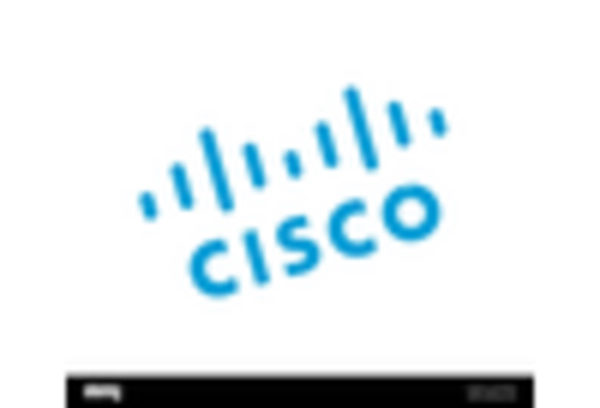
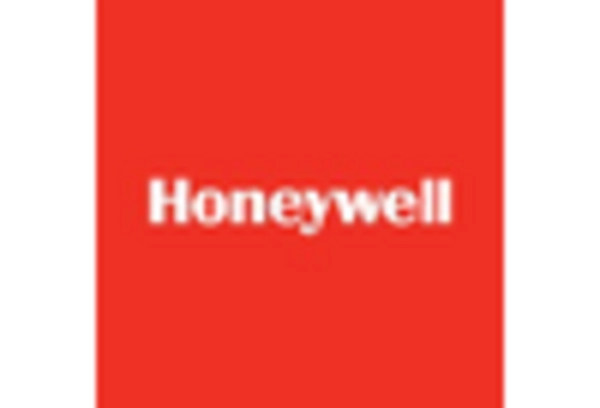
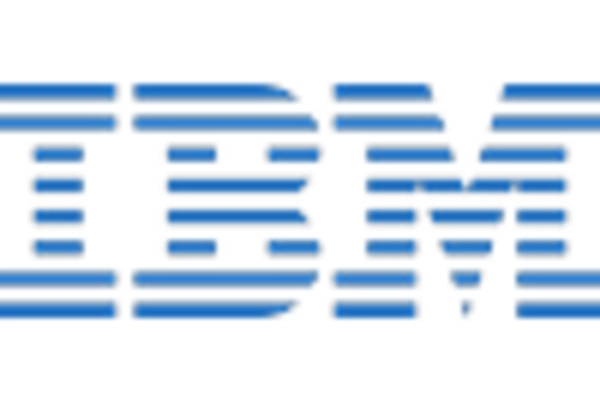
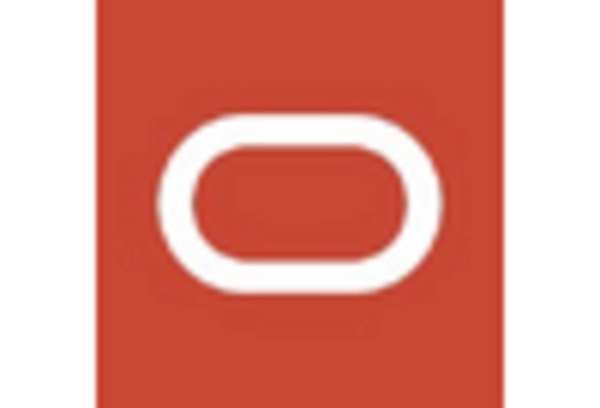
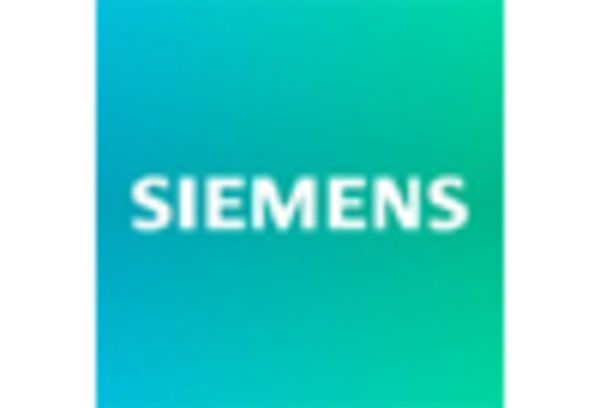
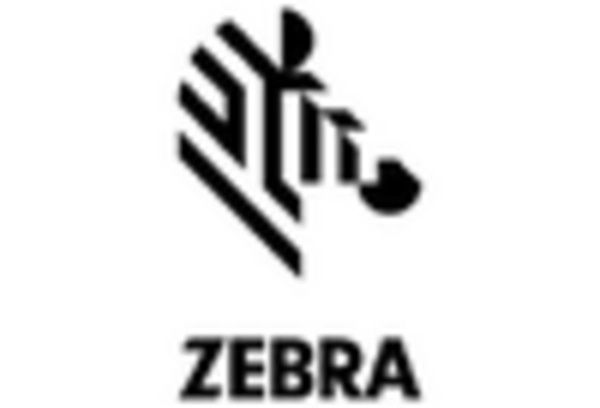

Leave a Comment